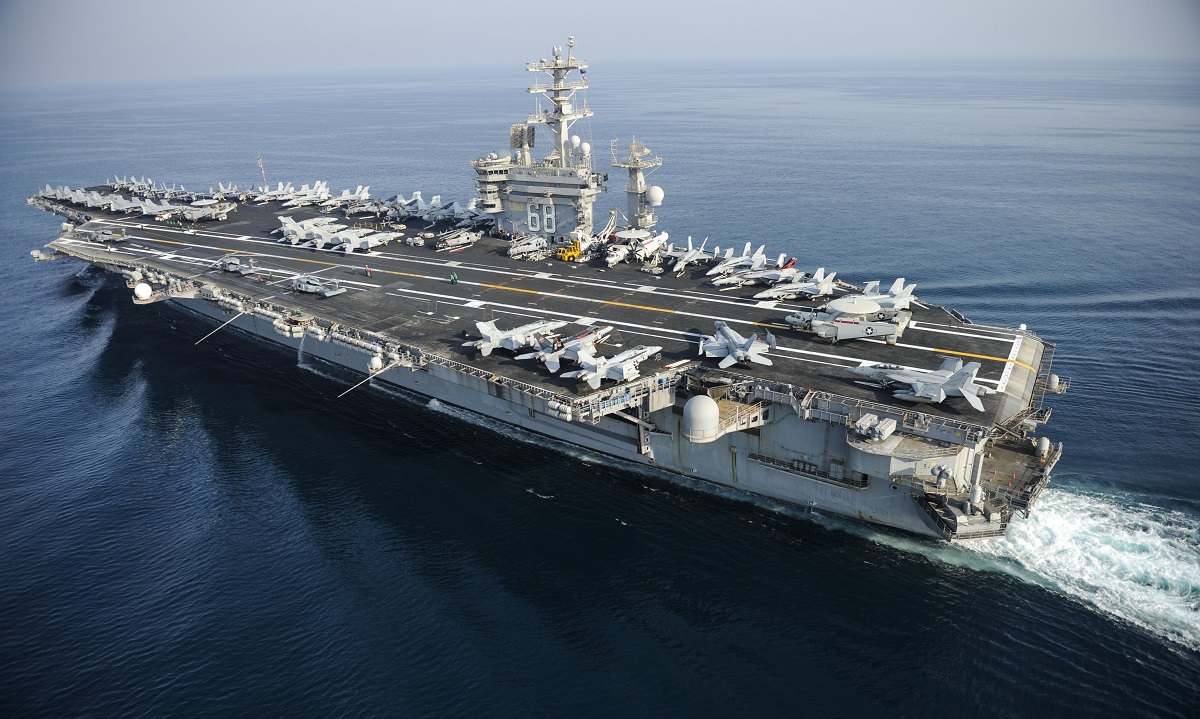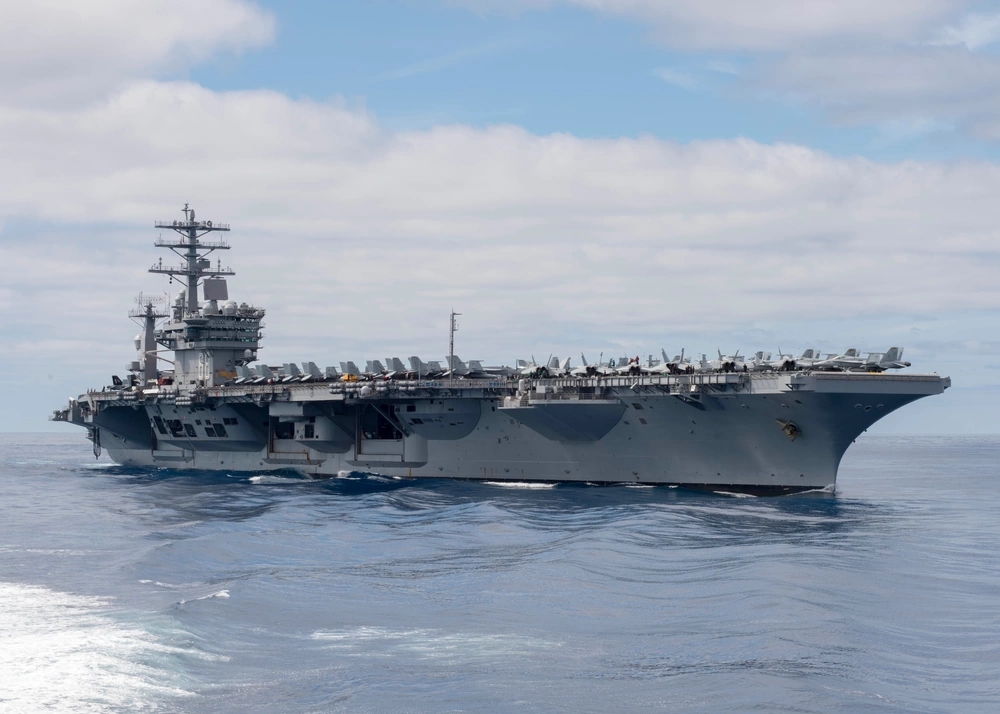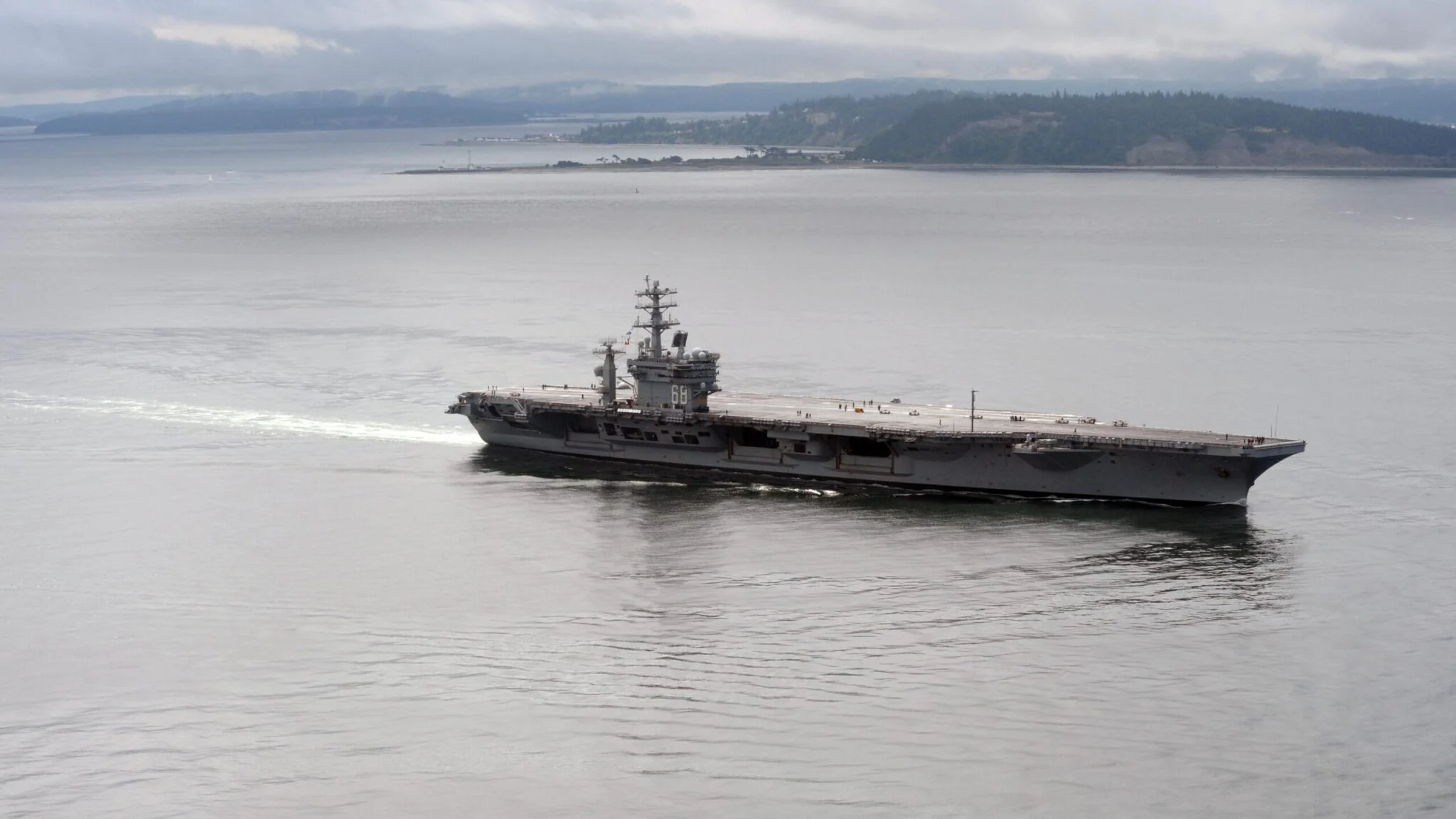US Navy has begun preparations to scrap the USS Nimitz, one of the largest aircraft carriers in the world

The US Navy in April 2023 began planning to scrap the aircraft carrier USS Nimitz (CVN-68). Despite this, the ship will remain in service for at least three more years.
Here's What We Know
The US Navy's budget request for fiscal year 2024 extends the life of one of the world's largest aircraft carriers by 13 months. This means the ship will remain in service with the US Navy until at least 2026, while commissioning dates back to 1975.

Not least of all, the US Navy's desire to extend the life of the USS Nimitz (CVN-68) was influenced by problems with the commissioning of the USS Gerald R. Ford. This particular ship is now the world's largest aircraft carrier.
There is nothing strange about the early planning for the disposal of an aircraft carrier. To be clear, the USS Enterprise (CVN-65) was decommissioned in 2017 but is still awaiting disposal. The ship has been at the Huntington Ingalls Incorporated (HII) shipyard for several years.

Specialists have been able to drain the fuel, but the US Navy is still unable to resolve the cost of the work. The service will probably have to pay between $0.5 billion and $1.36 billion. The US Navy could simply keep the aircraft carrier at the HII plant or sell it to a private company, which will carry out the scrapping. These are the two main options. It is also possible that the US Navy will dispose of the reactor compartments and a private company will solve the scrap metal problem.

The key problem that needs to be solved for the complete scrapping of the USS Nimitz (CVN-68) is the presence of two A4W nuclear reactors with nuclear fuel. U.S. laws require that the work be carried out with minimal environmental damage. Because of this, there is a high probability that the US Navy will keep the ship at the HII plant and continue to maintain the nuclear components.
Source: Breaking Defense